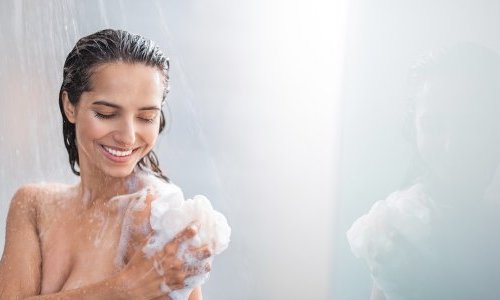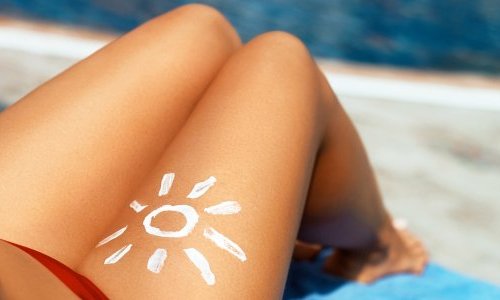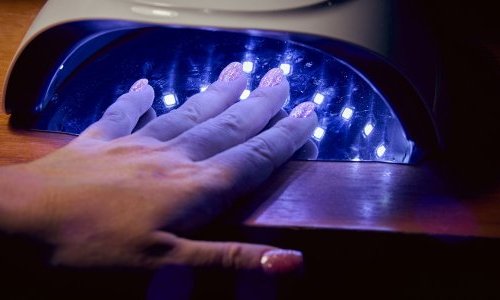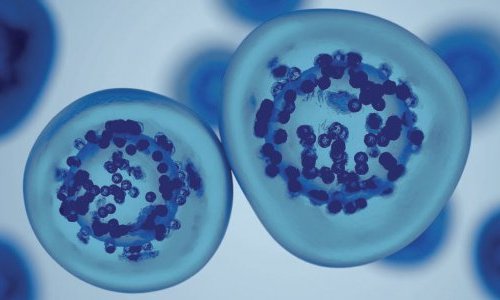The ingredient, which is found in a variety of cosmetic and personal care products - including sunscreens and anti-aging skincare creams - breaks down into benzophenone, which accumulates rapidly as the product ages, demonstrated a team of French and American researchers in a study recently published in the journal Chemical Research in Toxicology [1].
Benzophenone accumulates over time
Researchers from the Oceanological Observatory of Banyuls-sur-Mer (Sorbonne University, CNRS), in collaboration with their American colleagues from the Haereticus Environmental Laboratory in Clifford, Virginia, tested some fifteen sunscreen and anti-aging products purchased in France and in the USA. The products have undergone a 6 week accelerated stability aging protocol, equivalent to one year spent at room temperature. Then they were analysed using a high performance mass spectrometer.
“Initially, there is very little benzophenone in the products. But gradually as the product ages, there is more and more benzophenone,” told Prof. Philippe Lebaron, co-author of the study, to AFP. Indeed, after subjecting the products to the accelerated stability method, the concentration in benzophenone strongly increased in the products. "This is the first time the degradation of octocrylene into benzophenone has been demonstrated," added Pr. Lebaron.
Skin absorption
Benzophenone is associated with a wide range of toxicities, including genotoxicity, carcinogenicity, and endocrine disruption. The substance is classified as "possibly carcinogenic to humans (Group 2B)" by the International Agency for Research on Cancer (IARC) of the WHO.
Noting that both octocrylene and benzophenone are easily absorbed through the skin, the researchers believe that octocrylene-based products, and therefore contaminated with benzophenone, can pose a threat to human health.
Harmful to marine life
Octocrylene is also suspected of being harmful to marine life, especially corals. Octocrylene can act as a metabolic toxicant in corals, potentially decreasing the resiliency of coral reefs to climate change, said the authors of the study. “Some manufacturers have withdrawn it from their sunscreens for environmental reasons,” notes Prof. Lebaron.
Concentration well below safety thresholds
The fact that products containing octocrylene may also contain traces of benzophenone is “well known” by cosmetics manufacturers, responded the French federation of beauty enterprises (FEBEA). According to the trade body, the safety assessment of octocrylene already takes into account the possible presence of benzophenone. Furthermore, the quantities measured in the study published in the the journal Chemical Research in Toxicology, “always remain below the toxicity thresholds that guarantee products are safe to human health.”
Actually, the main challenge regarding the use of octocrylene in personal care formulas might be to better purify octocrylene from its benzophenone contaminant before selling it to personal care product manufacturers and to develop stabilizing methods that prevent the formation of benzophenone. "Our results did indeed demonstrate that the rate of benzophenone concentration increase depends more on the product formulation than on the initial octocrylene concentration," said the authors of the study.
In any case, according to the FEBEA, human exposure to benzophenone, as described by the study, would not exceed 0.5 mg / day (when applying 18 g of sunscreen per day), which is three times less than the maximum tolerated oral dose. “These traces of benzophenone therefore have no impact on health," concludes the organisation.





























